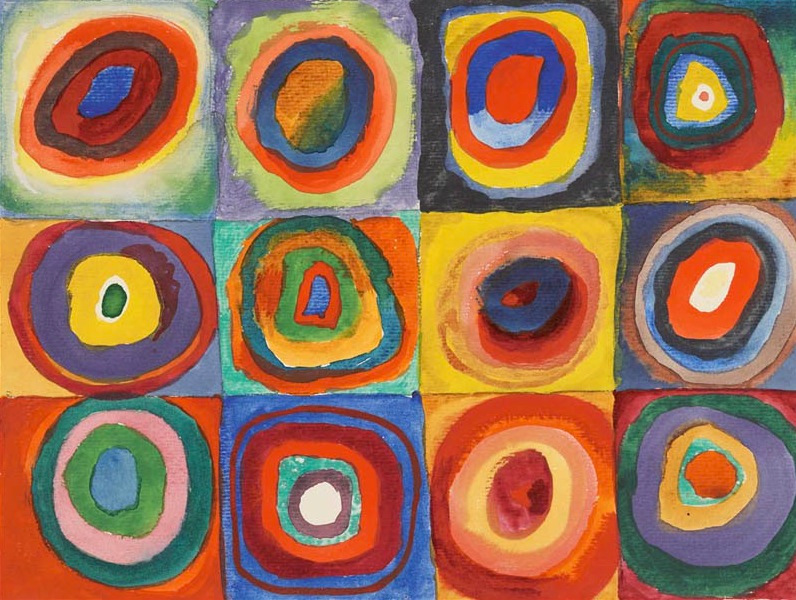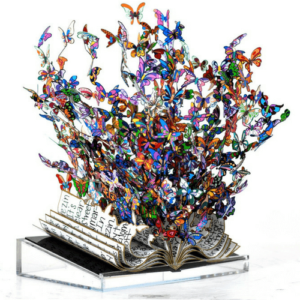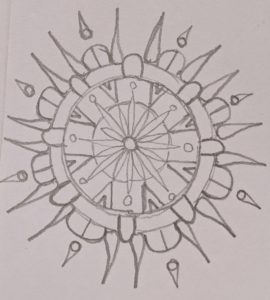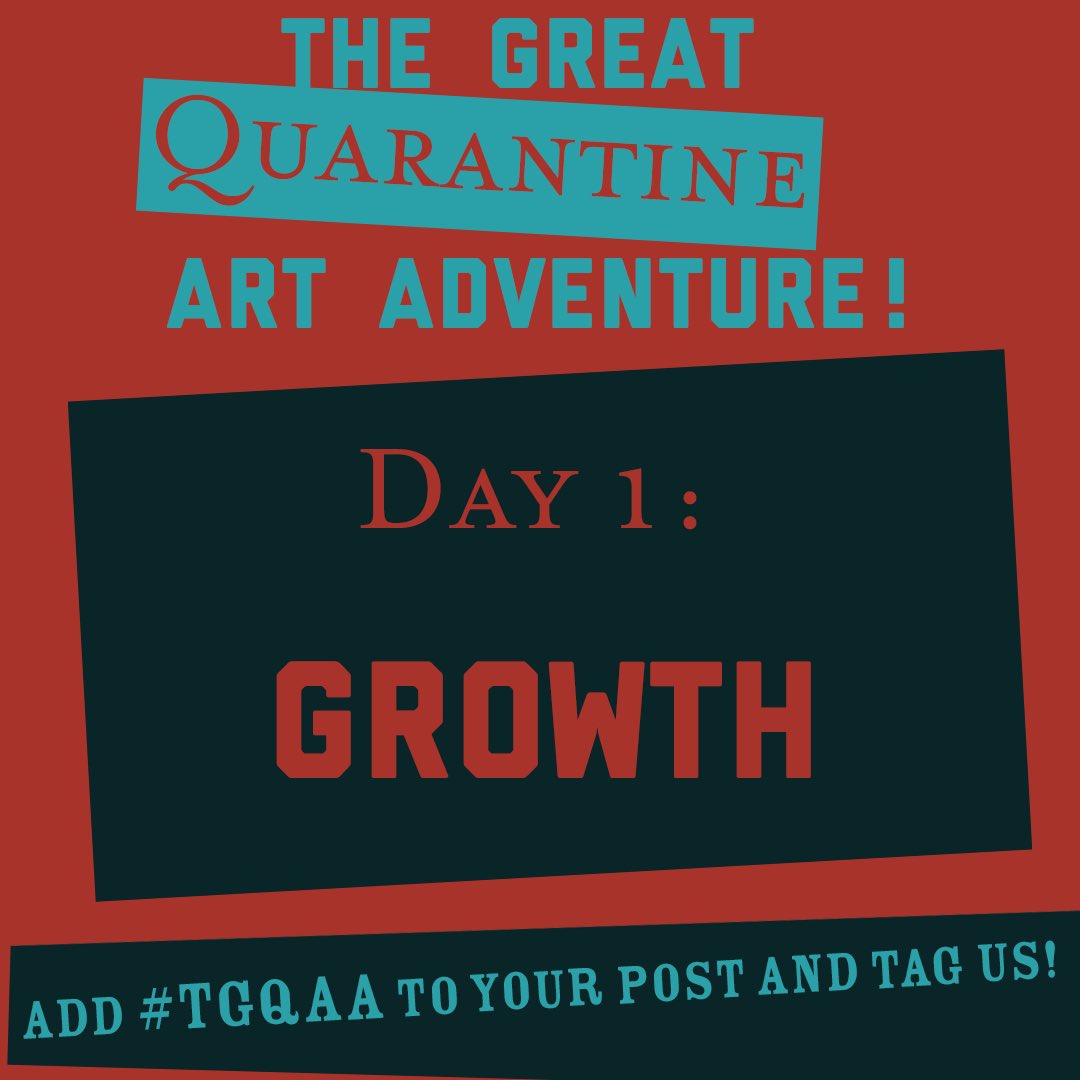Go ahead, make a zine
Basically, a zine is a homemade magazine, according to Wikipedia, “The term was coined in an October 1940 science fiction fanzine byRuss Chauvenet.” This week, and as we head into spring break, I think it is an appropriate time to create your own zine. You have some time to work on making the physical zine and fill the pages. All you need is a sheet of paper, something to make marks with, and your imagination.
There is a cool trick in which you take a single sheet of paper, like a slice of printed paper, and fold it into a small booklet that has 8 pages. If you don’t have any fresh, clean pages to work with, use something that already has type on it, don’t limit yourself to the standard 8.5 by 11-inch standard sheet either. I wouldn’t try to use anything too small, or too large, but make one using what you have available. If you do use one that already has stuff printed on it, consider making blackout poems as your content. You can also check out what Mr. Kleon has on his post, “Drawing with kids” The artist Ed Emberly has a real simple idea similar to the visual alphabet we have talked about in class.
I really appreciate what Austin Kleon does. I subscribe to his newsletter and I have his three books, each of which I have read multiple times and shared with others’ who I think would enjoy them or benefit from them. I have quoted Mr. Kleon below and kept the links to his website and social media.
“Lately my mantra has been: ‘Stay home, make zines.‘ Keeping my hands busy and my mind clear for an hour or so every day with these little things. You can see them all on Twitteror over on Instagram. (If you want to make your own, here’s how.)”
~ Austin Kleon from his weekly email newsletter, dated Mar 20, 2020.
In addition to his resources, you can find a bunch of tutorials and ideas with a simple web search. The important thing here is to try it out and if it is messy than try again. Save all your efforts and we will upload a quick video of you explaining your zines the Tuesday after the break, 4/7/20. Get going, make a zine!

 The Book of Life
The Book of Life
